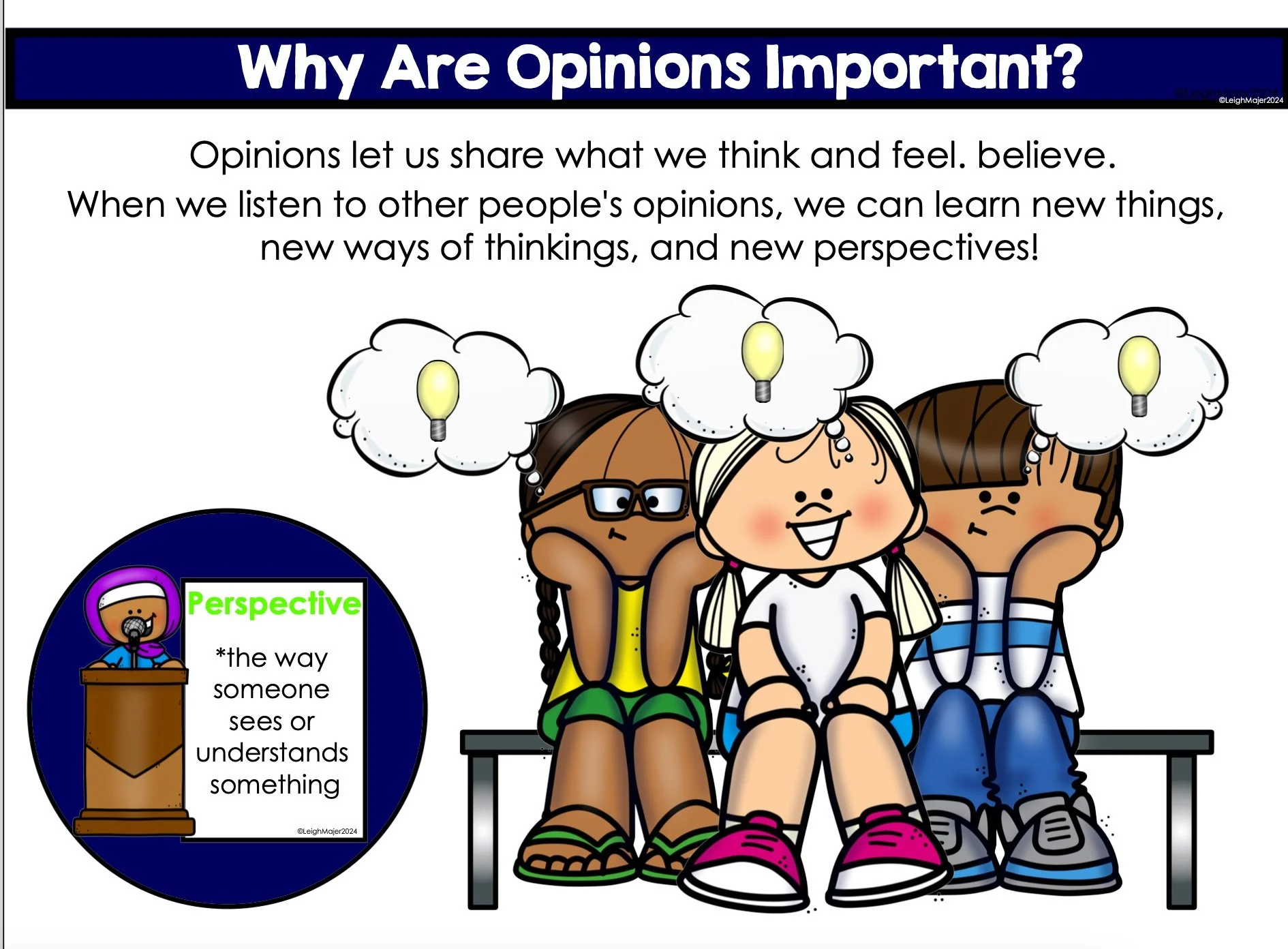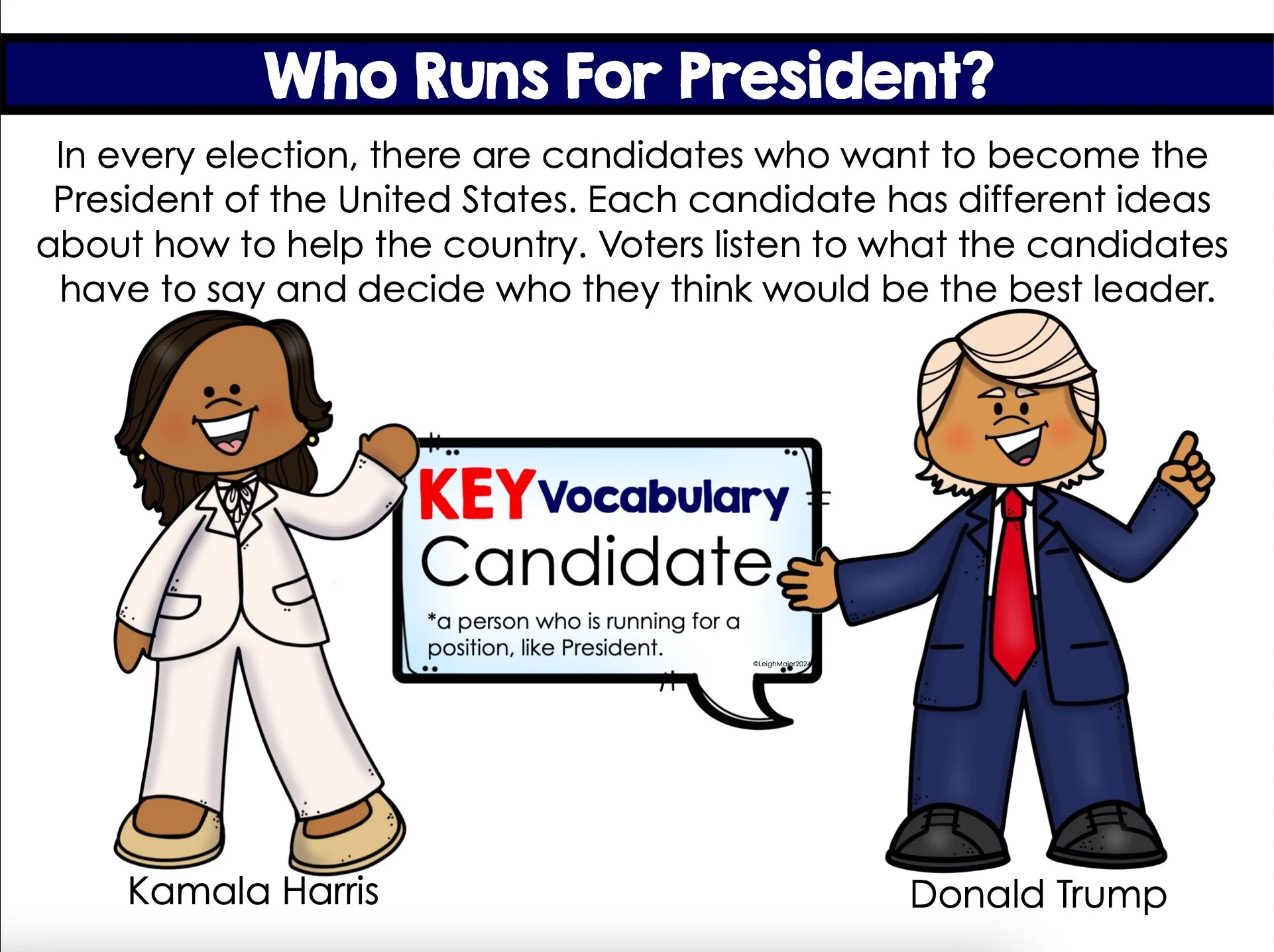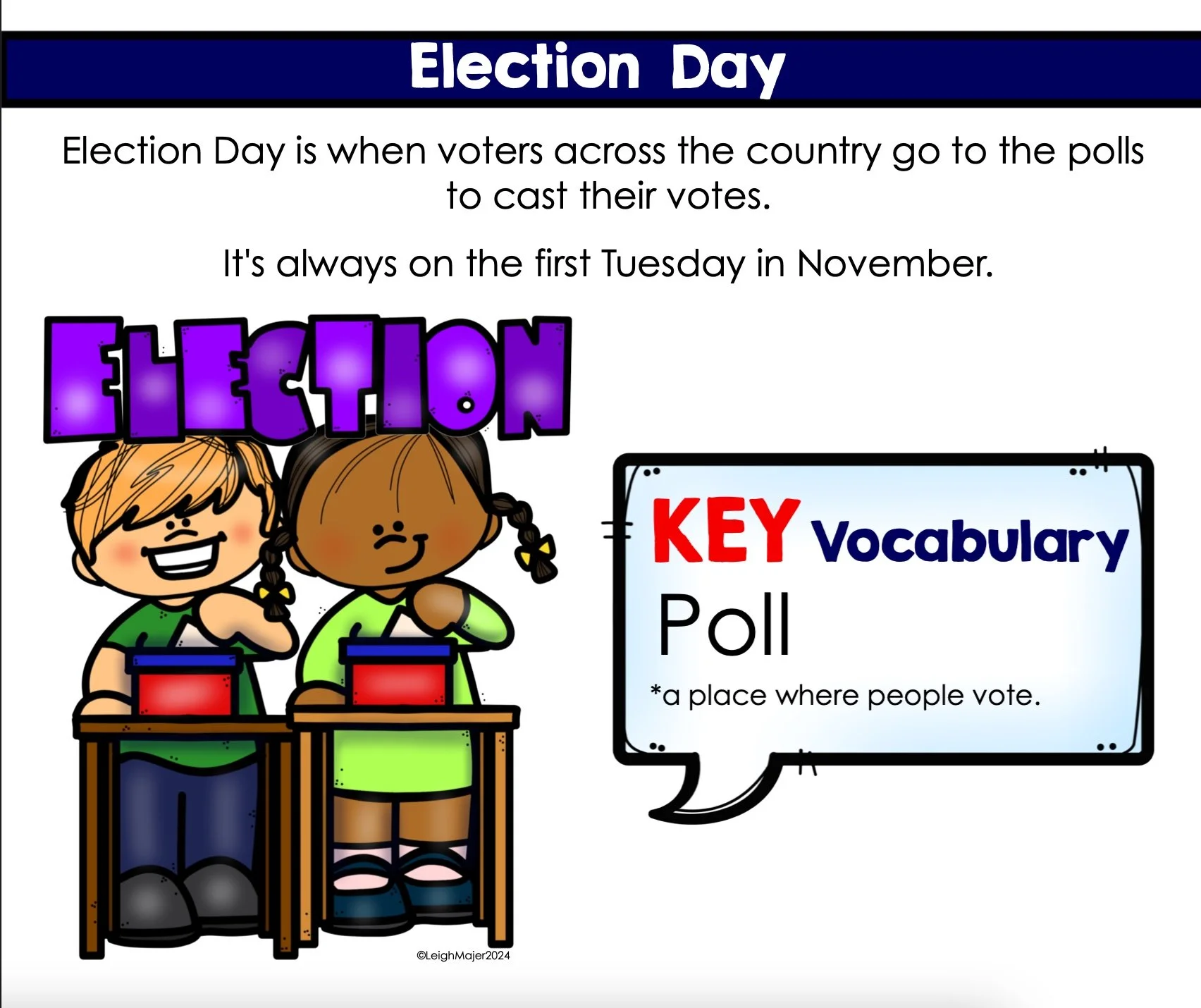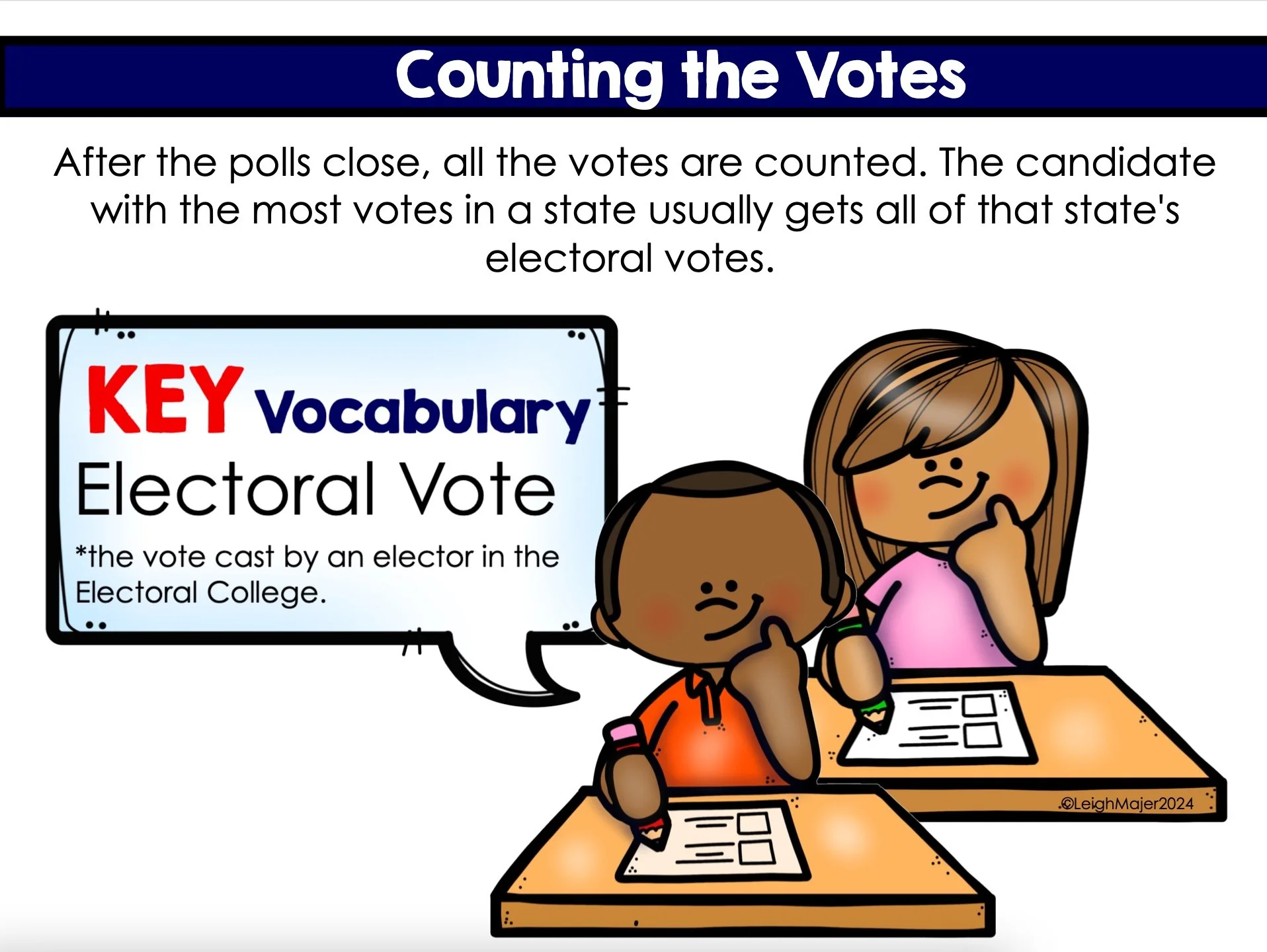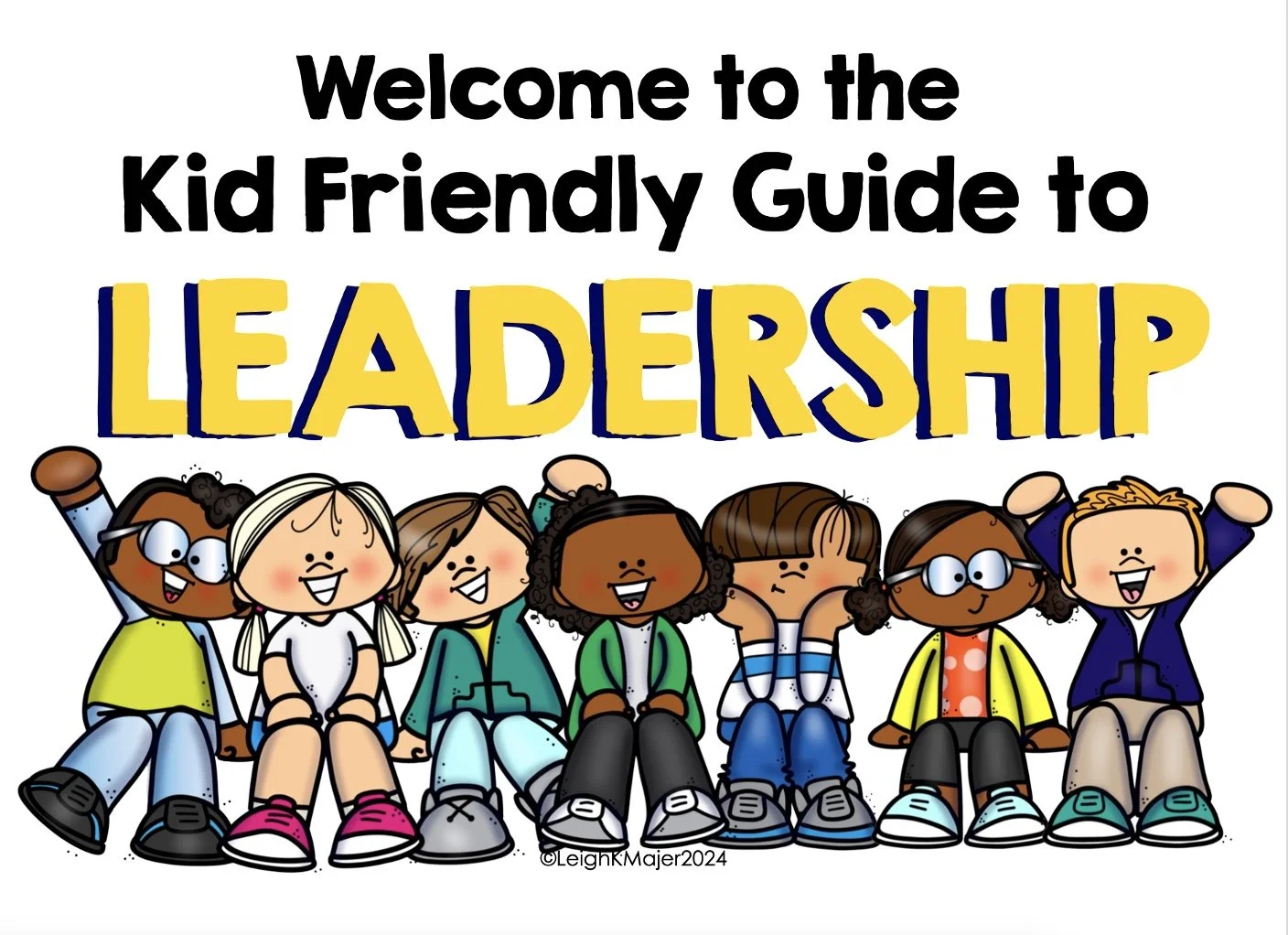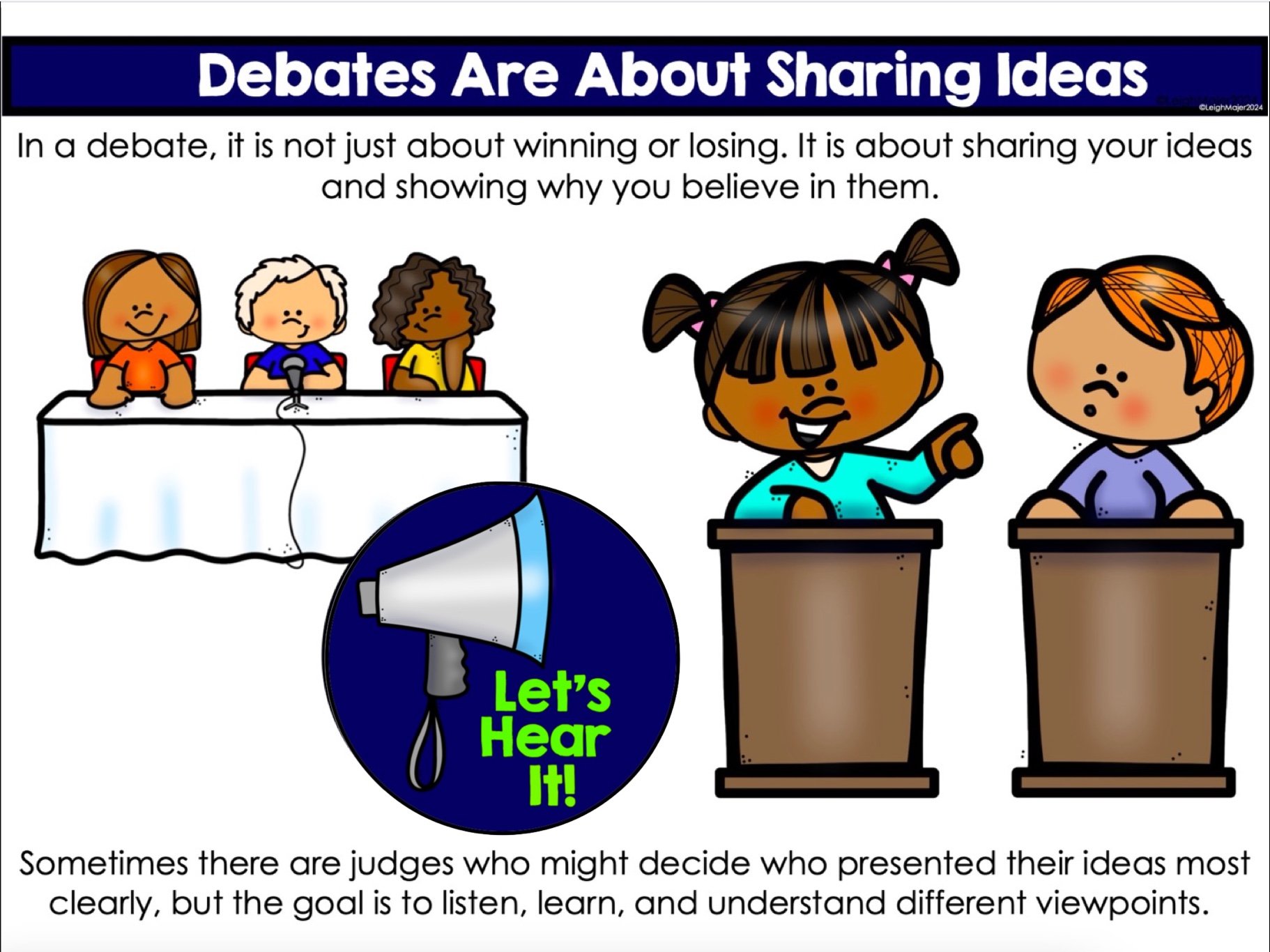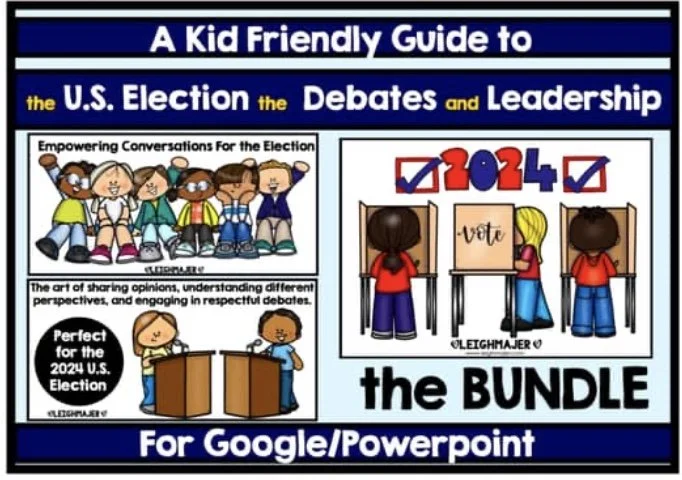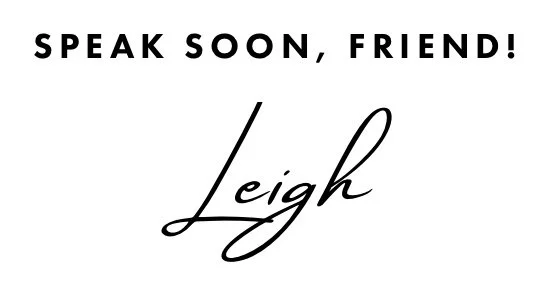How to Teach the U.S. Election Process Without Taking Sides:
Engaging, Informative, and Neutral
Resources for Educators
As the U.S. election approaches, many educators find themselves grappling with a unique challenge: teaching students about this pivotal event without taking a stance. In a time when discussions about elections can feel polarizing, it's natural for teachers to feel caught between a rock and a hard place, unsure of what’s appropriate, especially as young learners come to class with questions and opinions.
The answer? Use resources that teach how to think, not what to think. I designed a Kid-Friendly Guide to the U.S. Election Process to give you tools to help students understand how elections work in a factual, engaging way. This resource – available as Google Slides, PowerPoint, and Smartboard presentations – takes the mystery out of the election process and helps students grasp what’s happening without turning it into a debate.
Preview & Purchase the Kid-Friendly Guide to the U.S. Election Process
Why Use a Neutral Guide to Teach About Elections?
When it comes to teaching about elections, the goal is to build critical thinking, understanding, and curiosity. This Kid-Friendly Guide explores concepts without attaching opinions. It takes students step-by-step through the election process, teaching them about the following:
How to declare candidacy
What the Electoral College is and how it works
What happens on Election Day and after
Why elections are a celebration of democracy
The best part? It’s designed to be updated every election cycle! By purchasing this once, you’ll have an adaptable tool for future elections, always current and ready to use.
Empowering Teachers to Teach Without Taking Sides
In this heated climate, we as educators may feel apprehensive about broaching election topics in our classrooms. With the Kid-Friendly Guide to Leadership and Debate & Communication Guide, students gain critical skills like listening, respectful disagreement, and open-minded debate—skills that will help them approach any topic, even outside the classroom, with respect and insight.
Explore the Bundle with Guides on Leadership and Debate & Communication
Together, these guides help answer the pressing question: How do I teach this effectively while staying neutral?
What Your Students Will Learn
By using this election guide, your students will learn about the process, not opinions. They’ll gain an understanding of the terms and stages involved in an election:
Primaries, caucuses, and conventions
What happens during a general election campaign
Counting votes and the Electoral College
The Oath of Office and the peaceful transfer of power
These are concepts that transcend current candidates or political issues, giving students a deeper look at the foundational process that shapes our democracy.
Empower Students with Knowledge of Leadership & Communication
In the Kid-Friendly Guide to Leadership, students learn what it means to be a leader through interactive charts, discussions, and exercises. They’ll explore qualities such as honesty, responsibility, teamwork, and respect – the building blocks of great leaders both today and tomorrow.
With the Debate & Communication Guide, students discover the importance of respectful disagreement, how to share and listen to opinions, and how to engage in a healthy debate. These are skills that help them form and voice their opinions thoughtfully and respectfully.
Grab the Bundle and Save! Click Here to Preview and Purchase
Why This Bundle?
For a limited time, this Bundle of Election Process, Leadership, and Debate Guides is available at a special discount, offering all three resources for $18 (individually, these would total $21). Considering a further discount of $15 for 48 hours could encourage more educators to take advantage of this timely, impactful bundle.
Let’s Get Students Involved
The Election Guide also provides an important aspect of the election experience: student involvement. It encourages students to learn about their role in democracy and shows them how they can engage even if they aren’t voting age. They can be involved by learning about candidates, discussing issues with their families, or simply observing the election process with curiosity and an open mind.
As teachers, we’re helping our students develop lifelong skills. This guide helps them learn how to seek information, evaluate it, and form their own opinions – without expecting them to take sides.
Ready to Start? Here’s Your Next Step
If you’re looking to bring valuable, unbiased resources to your students as we approach Election Day, this guide (and the bundle!) will support you and your students. It’s an opportunity to teach them about leadership, responsible communication, and the democratic process in a way that feels respectful and empowering.
See What’s Inside the Kid-Friendly Guide Bundle & Get Started Today
With this election-focused content, you can feel confident navigating these next few weeks at school. Equip your classroom with the tools to explore the election thoughtfully – grab the bundle while it’s available at a discount and inspire your students to think critically and engage responsibly.
Happy teaching, and here’s to building a classroom that celebrates curiosity, learning, and respect for all voices!
And before you go, I have a FREEBIE for you! Grab my free fall-themed Turkey Trot Math Pack instantly by filling out the form below.



